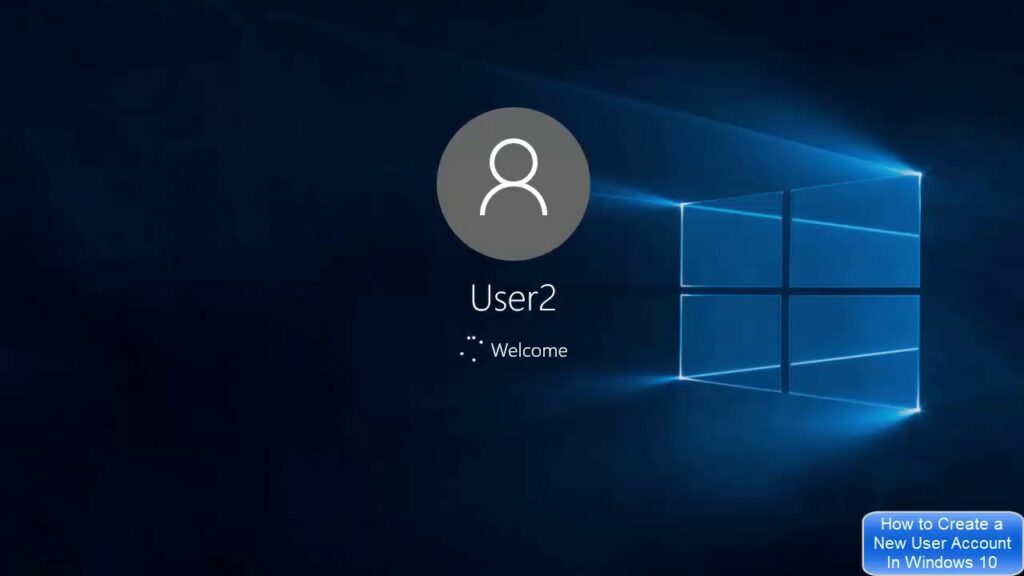How to create a new user account

Introduction to Creating a New User Account
Creating a new user account in Windows 10 allows you to provide personalized access and settings for different users sharing the same computer. Whether you need a separate account for family members, guests, or colleagues, setting up a new user account enables efficient management of resources and enhances security by segregating user data and settings. This guide provides comprehensive instructions on how to create a new user account in Windows 10, covering different methods and considerations for optimal user management.
Methods to Create a New User Account in Windows 10
Method 1: Using Settings
- Open Settings:
- Click on the Start button (Windows icon) in the bottom-left corner of the screen and select “Settings” (gear icon) from the menu. Alternatively, press
Win + Ion your keyboard to open Settings directly.
- Click on the Start button (Windows icon) in the bottom-left corner of the screen and select “Settings” (gear icon) from the menu. Alternatively, press
- Go to Accounts Settings:
- In the Settings window, click on “Accounts.”
- Add a New User:
- In the left-hand menu, click on “Family & other users.”
- Under “Other users,” click on “Add someone else to this PC.”
- If the new user has a Microsoft account, enter their email address and follow the prompts to set up the account. If creating a local account, click on “I don’t have this person’s sign-in information” and then “Add a user without a Microsoft account.”
- Enter a username, password (optional), and password hint. Click on “Next” to proceed.
Method 2: Using Control Panel
- Open Control Panel:
- Click on the Start button (Windows icon) and type “Control Panel.” Select “Control Panel” from the search results.
- Go to User Accounts:
- In Control Panel, click on “User Accounts.”
- Manage Another Account:
- Click on “Manage another account.”
- Click on “Add a new user account.”
- Set Up New Account:
- Enter a name for the new account and choose whether it should be a standard user or an administrator.
- Click on “Create Account” to finalize.
Additional Tips and Considerations
- Account Type:
- Choose between a standard user account (limited access) or an administrator account (full control over the system).
- Password and Security:
- Set a strong password for the new account to enhance security. Consider using a combination of letters, numbers, and special characters.
- Microsoft Account vs. Local Account:
- A Microsoft account allows access to Microsoft services such as OneDrive and Xbox Live, and offers syncing across devices. A local account is limited to the individual device.
- Switching Between Accounts:
- Use the user icon in the Start menu to switch between different user accounts without logging out.
Conclusion
Creating a new user account in Windows 10 is a straightforward process that enables efficient management of user access and settings on your computer. By following the step-by-step instructions provided in this guide, you can easily set up a new user account using either the Settings app or Control Panel. Whether you’re setting up accounts for family members, guests, or colleagues, creating separate user profiles helps maintain privacy, security, and personalized computing experiences.
Experiment with different account settings and permissions to optimize user management and enhance productivity in Windows 10. Regularly review and update user accounts to ensure the security and efficiency of your computer system.




